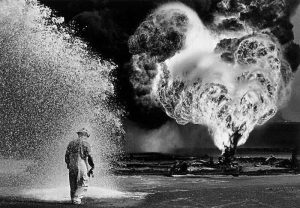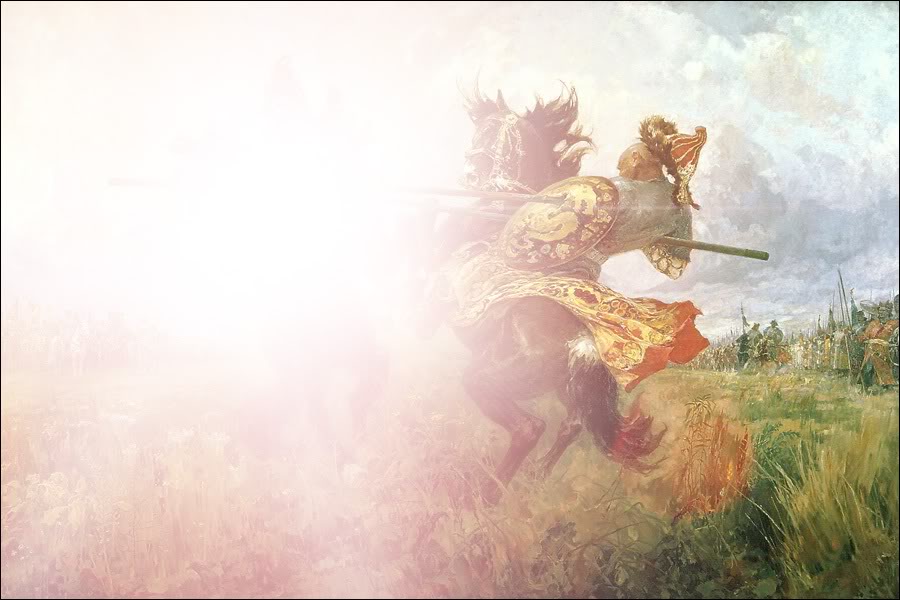SEBASTIAN SALGADO. REPORTING WITH THE CONDITION TO PEACE
 Talk about the work of Sebastian Salgado should begin with a question about the functions of photography in society. After all, the world of photography does not end with aesthetics, advertising and conceptual art of the already familiar to us Chema Madoza.
Talk about the work of Sebastian Salgado should begin with a question about the functions of photography in society. After all, the world of photography does not end with aesthetics, advertising and conceptual art of the already familiar to us Chema Madoza.
There are other images whose task is to arouse the viewer sympathy for the pain of another, to reflect the wrong side of modern society. Such pictures are created by the famous Brazilian photographer Sebastian Salgado, in whose lens military conflicts, poverty and suffering of the Third World population found their true reflection. With the help of his work, the author invites the viewer to a controversy about the shortcomings of modern society, calling for a search for a solution to existing problems.
First photos
Once an economist by training, Sebastian Salgado went on a business trip to Africa. In his backpack, among other things, there was also a recently purchased camera. So, almost by accident, in 1973 his first photographs appeared. The new case attracted Salgado, and he decided to seriously take a photo, leaving the career of an economist.
Since then, the photographer spends a lot of time traveling, explores the lives of people far from a prosperous life, shares what he saw with the whole world. His photos are sharp social plots that highlight wars, poverty and pain.
Sebastian Salgado traveled more than 120 countries, worked in the famous photo agencies “Sygma” and “Gamma”, as well as in the iconic “Magnum”. Each of the series of photographs he created is aimed at a multi-dimensional study of a particular problem. During his work, he told the viewer a lot of stories: about life in Latin America, Africa, Polynesia, labor of working plantations and oil rigs, described world migration processes and much more. In this regard, his most illustrative photo essay: “Other America”, “Migration”, “Children”, “Workers”, “Earth”, etc.
Creativity Salgado – is not only aesthetics, but also a way to tell many people about the fate of others, in faces, events and emotions. At the same time, his photographs are distinguished not only by the rich inner world, but also by the well-constructed composition of the frame.
However, now the work of the photographer has undergone significant changes. In recent years, it is increasingly occupied by environmental protection activities, ecology and human values. After organizing his own photo agency Amazonas Images (1994), Sebastian Saldago created the Genesis project (2008), a book – reflection on the beauty of nature, harmony, traditional cultures and life in societies that did not follow the path of technological progress.
In his interviews, Salgado prefers not to dwell too much on this topic. Answering this question, he often repeats the advice of A. Cartier-Bresson, who received from the maestro when he was young, to trust his instincts.
And yet, from time to time the photographer reveals some of his principles:
1. For beginners, Salgado recommends studying not only aesthetics, but also sociology, economics, and other disciplines aimed at highlighting social issues.
2. Photograph recommends traveling alone. “Extra” people can interfere with the establishment of contact. If you are attentive to the local, they will definitely help and go to the meeting.
4. Salgado believes that photography is the result of the interaction between the one being shot and the one taking the picture. An important part of his work, he considers the ability to get used to the problems of others, to express the atmosphere of place and time.




